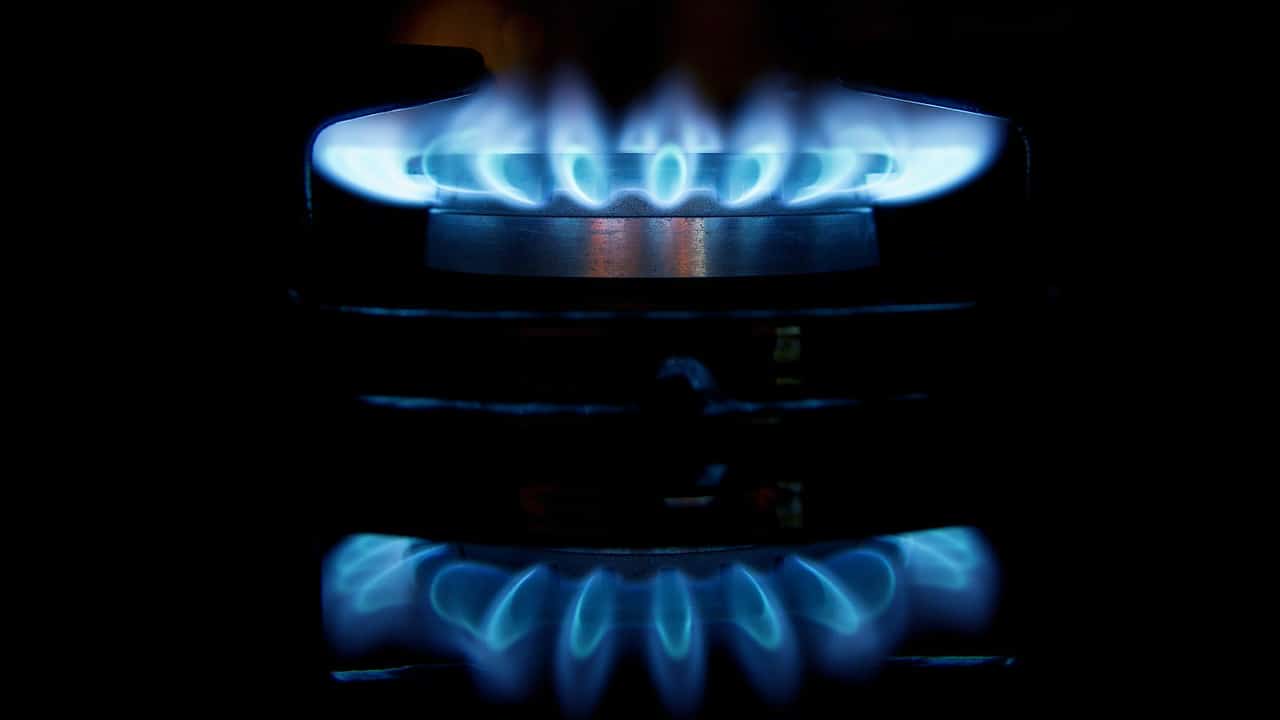Oil’s sustained rally, which now sees the North American benchmark West Texas Intermediate, or WTI, trading just shy of US$60 per barrel, has garnered the attention of energy investors across the globe. Not only does it hint at a marked improvement in the performance of oil companies, but that there is finally considerable upside ahead for beaten-down energy stocks.
While oil majors are attracting most of the attention, it is the smaller upstream drillers that offer the most potential upside. One that stands out is Canadian intermediate oil company Canacol Energy Ltd. (TSX:CNE).
Now what?
Canacol’s operations are focused in the South America nation of Colombia, where it has just over two million net acres located in Colombia’s best-known oil-producing regions — the Llanos, Magdalena, and Putumayo basins. That acreage at the end of December 2016 gave Canacol reserves of eight million barrels of oil and 410 billion cubic feet of natural gas.
The intermediate upstream oil and gas producer has steadily grown its production since commencing operations in 2013. While third-quarter 2017 production declined by 10% year over year, it shot up by a healthy 10% for the first nine months of the year when compared to the same period in 2016. The decline in quarterly production can be attributed to scheduled maintenance being carried out on a range of wells rather than any production issues.
While Canacol’s production is 81% weighted toward natural gas, that isn’t a negative for the company, despite depressed natural gas prices sharply impacting the financial performance of natural gas producers in North America.
You see, being heavily weighted to gas production is an advantage in Colombia. The Andean nation is experiencing an acute shortage of natural gas, particularly on its Caribbean coast, because of growing commercial demand, and because it is becoming an increasingly important source of electricity generation.
As a result, Canacol expects to receive an average contracted price net of transport costs of US$4.75 per million cubic feet of natural gas in Colombia during 2018, which is 22% higher than the spot price at the time of writing. That gives it a distinct advantage over its North American peers, where a natural gas glut is expected to weigh heavily on prices for some time.
The trend to higher gas prices in Colombia should continue for the foreseeable future because of growing demand sparked by an uptick in economic growth combined with declining domestic supplies, which forced the country to start importing natural gas.
Canacol, in its recently released guidance, is focused on expanding its gas production during 2018. Output is forecast to be at least 48% higher than 2017, and natural gas production should continue growing at a rapid clip, because Canacol is directing 97% of its US$80 million capital budget to its gas assets.
Importantly, in a difficult operating environment dominated by low oil and gas prices, Canacol is funding that investment from existing cash and cash flow over the course of the year. That means that its solid balance sheet will remain intact, ensuring that Canacol retains the considerable financial flexibility that has allowed it to weather the prolonged slump in oil and gas prices.
So what?
Canacol remains one of the best means for investors to gain levered exposure to higher oil and natural gas prices. The company’s ability to receive prices for its Colombian natural gas production that are significantly higher than the spot price will give its earnings a healthy lift as it ramps up gas production over the course of 2018.






